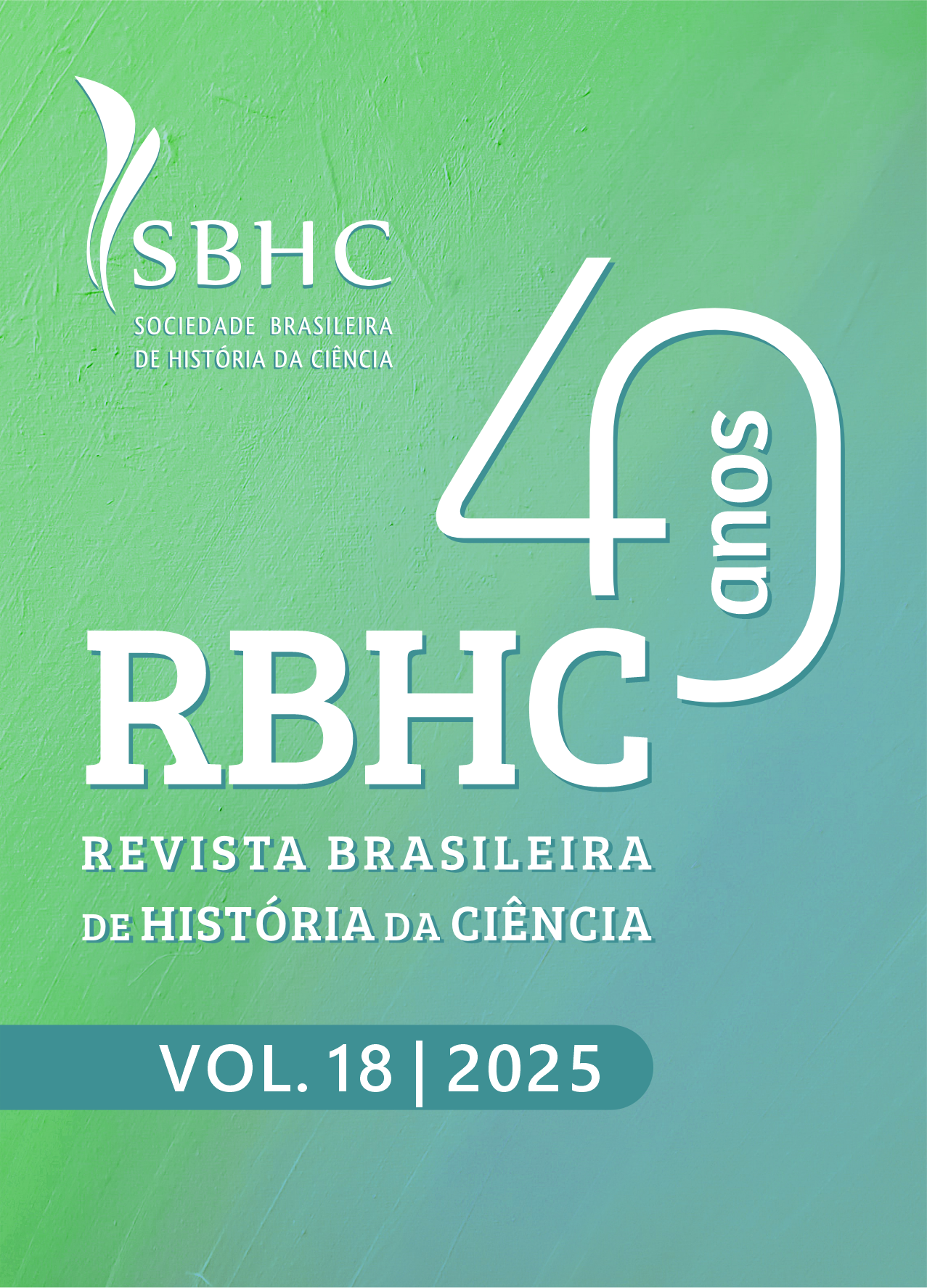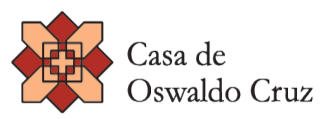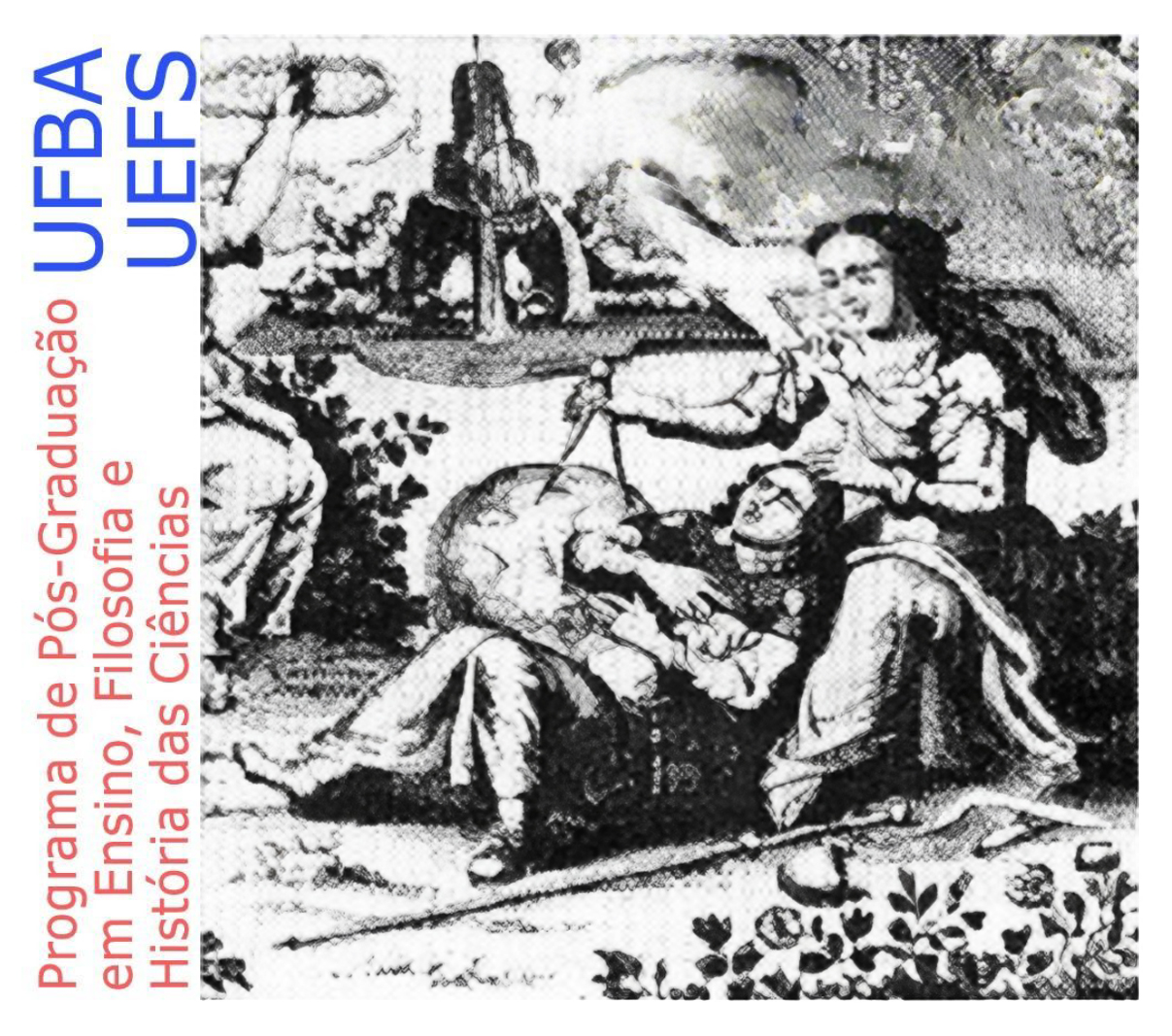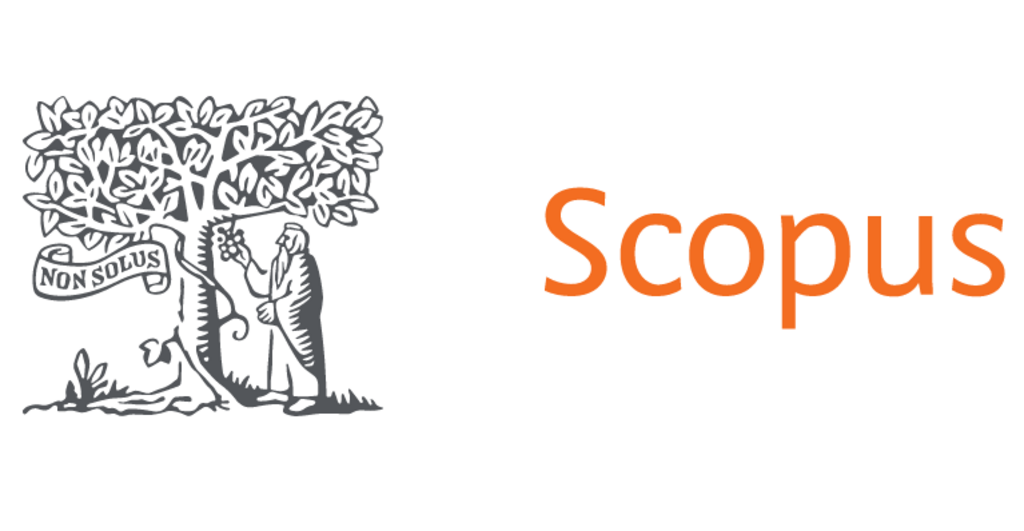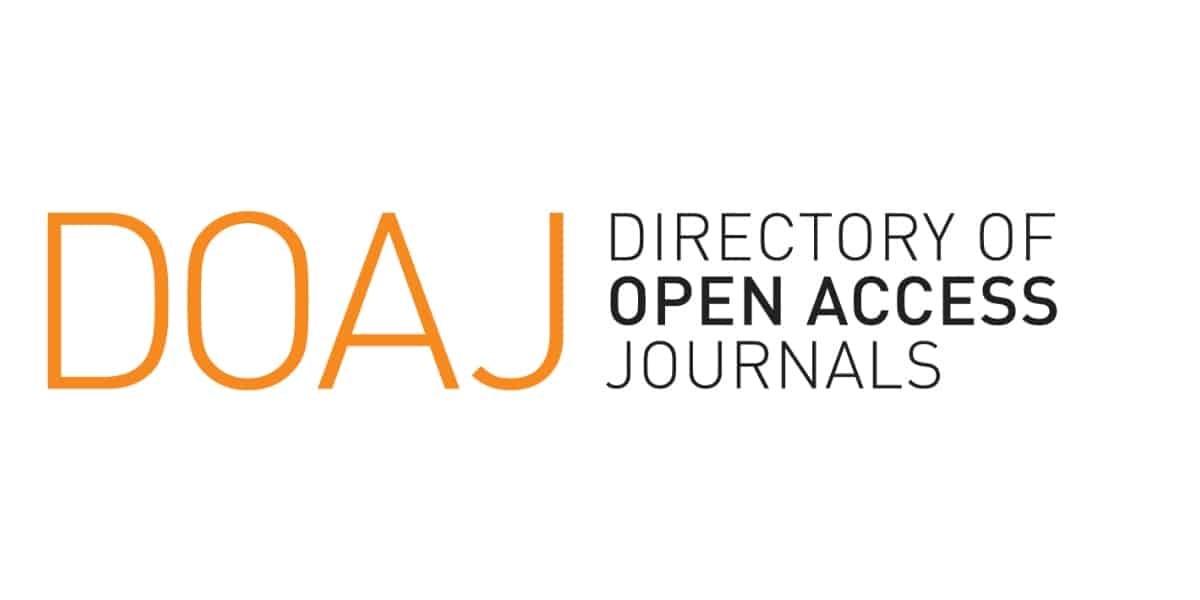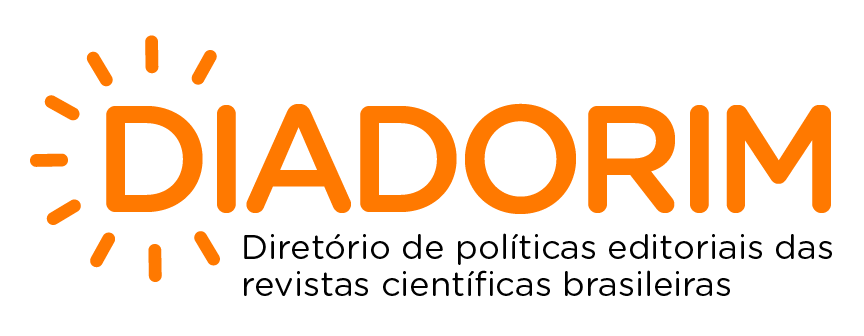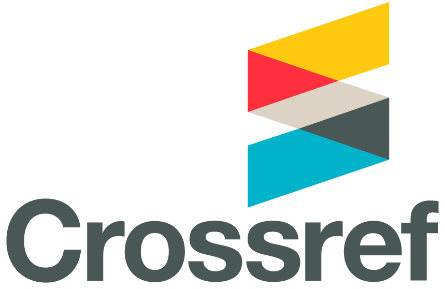As receitas médicas de Joanna Stephens
controvérsias sobre remédios contra cálculos urinários na Inglaterra do século XVIII
DOI:
https://doi.org/10.53727/rbhc.v18i1.1091Keywords:
Joanna Stephens, urinany stones, remedy, alkaline, England, 18th-centuryAbstract
From 1738 onwards, publications involving the name of the healer and herbalist Joanna Stephens (d. 1774) and her remedy against kidney and bladder stones multiplied in England. Years earlier, Stephens had formulated a medicine that promised to dissolve urinary tract stones, which caused great expectations among those who suffered from this condition, and a long debate among doctors. One of her supporters was the physician David Hartley, who worked to collect testimonials from patients who had tested Stephens’ medicine, highlighting its wide effectiveness rate. After a group of professionals evaluated the remedy she prepared, an “Act of Parliament” would approve the payment of five thousand pounds to her. The publication of her text was made in 1739, and a series of controversies would be generated from then on.
Downloads
References
ALLEN, R.C. David Hartley on human nature. Albany: State University of New York Press, 1999.
BRACKEN, H. Lithiasis Anglicana: or, A philosophical enquiry into the nature and origin of the stone and gravel in human bodies etc. London: Printed for T. Cooper, 1739. Disponível em:
https://openlibrary.org/books/OL33105595M/Lithiasis_anglicana_or_A_philosophical_enquiry_into_the_nature_and_origin_of_the_stone_and_gravel_in. Acesso em: 13 fev. 2025.
BYNUM, W.; PORTER, R. (eds.). Companion encyclopedia of history of medicine. v. 1-2. London: Routledge, 1993.
CHANDLER, R. et al. The history and Proceedings of the House of Commons from the Restoration to the present time. v. IX. London: Printed for Richard Chandler, 1742.
CLARK-KENNEDY, A. E. Stephen Hales, D.D., F.R.S. An eighteenth-century biography. Cambridge: Cambridge University Press, 1929.
CULPEPER, N. (trad.). A physicall directory, or, A translation of the London dispensatory made by the Colledge of Physicians in London. London: Printed for Peter Cole, 1649. Disponível em:
https://quod.lib.umich.edu/e/eebo/A35390.0001.001/1:2?rgn=div1;view=fulltext. Acesso em: 13 fev. 2025
DE COETLOGON, D. A new treatise on the stone: containing the causes both remote and immediate. The indications, counter-indications, and the prognostick. London: Printed for J. Brett, c. 1739.
Disponível em: https://archive.org/details/b30780263/page/64/mode/2up. Acesso em: 19 fev. 2025.
DUFFIN, C.J. Lapis Judaicus or the Jews’ stone: the folklore of fossil echinoid spines. Proceedings of the Geologists’ Association, v. 117, n. 3, p. 265-275, 2006. DOI: https://doi.org/10.1016/S0016-7878(06)80034-9
ELMER, P. (ed.). The healing arts: health, disease and society in Europe 1500-1800. Manchester: Manchester University Press, 2004.
GREEN, J.M. Dr. Thomas Pellett. Proceedings of the Royal Society of Medicine. v. 63, p. 147-152, fev. 1970. DOI: https://doi.org/10.1177/003591577006300218
HALES, S. An account of some experiments and observations on Mrs. Stephen’s medicines for dissolving the stone, wherein their dissolving power is inquir’d into, and shown; to which is added, a supplement to a pamphlet. London: Printed for T. Woodward, c. 1740.
HARTLEY, D. Ten cases of persons who have taken Mrs. Stephens’s medicines for the stone. With an abstract of some experiments, tending to illustrate these cases. London: Printed for S. Harding, 1738. Disponível em:
https://quod.lib.umich.edu/cgi/t/text/text-idx?cc=ecco;c=ecco;idno=004789752.0001.000;node=004789752.0001.000:2;seq=15;view=text;rgn=div1. Acesso em: 13 fev. 2025.
HARTLEY, D. A view of the present evidence for and against Mrs. Stephens’s medicines, as a solvent for the stone. Containing 155 cases. With some experiments and observations. London: Printed for S. Harding, 1739. Disponível em:
https://archive.org/details/b30780123. Acesso em: 14 fev. 2025.
HISTOIRE de l’Académie Royale des Sciences. Année MDCCXL. A Paris: De L’Imprimerie Royale, 1740. Disponível em:
https://gallica.bnf.fr/ark:/12148/bpt6k5510983v/f6.item. Acesso em: 13 fev. 2025.
KLEINKAUF, H., VON DÖHREN, H., JAENICKE, L. (ed.). The roots of modern biochemistry: Fritz Lippmann’s squiggle and its consequences. Berlin: Walter de Gruyter, 1988. DOI: https://doi.org/10.1515/9783110852455
LINDEMANN, M. Medicine and society in Early Modern Europe. 2nd ed. Cambridge: Cambridge University Press, 2010.
MAEHLE, A.-H. Experimental pharmacology and therapeutic innovation in the eighteenth century. Thesis (Doctor of Philosophy) – University College London, London, 1996.
MAEHLE, A.-H. Drugs on trial: experimental pharmacology and therapeutic innovation in the eighteenth century. Amsterdam: Rodopi, 1999. DOI: https://doi.org/10.1163/9789004333291
MATTHEW, H.C.G., HARRISON, B. Oxford dictionary of national biography. v. 25. Oxford: Oxford University Press, 2004.
MORAN, M.E. Urolithiasis: a comprehensive history. New York: Springer, 2014. DOI: https://doi.org/10.1007/978-1-4614-8196-6
NOURSE, E. A Letter from Edward Nourse, F.R.S. Surgeon to St. Bartholomew’s, to the President and Fellows of Royal Society, giving an Account of several stones found in bags formed by a protrusion of the coasts of the bladder, as appeared upon opening the body of one Mr. Gardiner. Philosophical Transactions of the Royal Society of London, v. 42, n. 462, p. 11-14, fev. 1742. DOI: https://doi.org/10.1098/rstl.1742.0006
OGILVIE, M.B., HARVEY, J.D. (eds.). The biographical dictionary of women in science: L-Z. Pioneering lives from ancient times to the mid-20th century. v. 2. London: Routledge, 2000.
PARSONS, J. A description of the human urinary bladder, and parts belonging to it, with anatomical figures shewing its make, situation, etc.: to which are added, animadversions on lithontripic medicines, particularly those of Mrs. Stephens, and an account of the dissections of some bodies of persons who died after the use of them. London: Printed for J. Brindley, 1742.
PUMFREY, S.; ROSSI, P.; SLAWINSKI, M. (eds.). Science, culture and popular belief in Renaissance Europe. Manchester: Manchester University Press, 1991.
RUTTY, J. An Account of some new experiments and observations on Joanna Stephens’s medicine for the stone: with some hints for reducing it from an empirical to a rational use. London: Printed for R. Manby, 1742.
SCHULZE, J.H. De lithontriptico nuper in Britania publici juris facto. Berlin: Georg. Ludovicus Jetzke, 1739.
STEPHENS, J. A most excellent cure for the stone and gravel. London: Printed for the benefit of mankind in general, 1739. Disponível em:
https://collections.nlm.nih.gov/catalog/nlm:nlmuid-2711771R-bk. Acesso em: 19 fev. 2025.
THE FAMILY receipt-book, or, Universal repository of useful knowledge and experience in all the various branches of domestic œconomy. London: Printed for the Editors, and Published by Odd and Co., c. 1810.
THULIN, L. “My case”, her cure: William Hay’s permissible gender fluidity and Mrs. Stephens’s controversy. Eighteenth-Century Life, v. 46, n. 2, p. 1-29, 2022. DOI: https://doi.org/10.1215/00982601-9664384
URBAN, S. The Gentleman’s Magazine. v. VIII. London: Printed by Edw. Cave, 1738. Disponível em:
https://archive.org/details/s2492id1185811/page/218/mode/2up?q=stephens. Acesso em: 22 fev. 2025.
VISELTEAR, A.J. Joanna Stephens and the eighteenth century lithontriptics: a misplaced chapter in the history of therapeutics. Bulletin of the History of Medicine, v. 42, n. 3, p. 199-220, 1968.
WALSH, J. Joanna Stephens and the stone: credibility economy in the history of medicine. Perspectives in Biology and Medicine, v. 66, n. 2, p. 267-283, 2023. DOI: https://doi.org/10.1353/pbm.2023.0014
Disponível em: https://muse.jhu.edu/pub/1/article/894246/pdf. Acesso em: 13 de fev. 2025.
WHITEHALL, June 19. The London Gazette, 16-19 June 1739. Disponível em: https://www.thegazette.co.uk/London/issue/7815/page/1. Acesso em: 24 maio 2025.
Downloads
Published
Issue
Section
License
Copyright (c) 2025 Marina Juliana de Oliveira Soares

This work is licensed under a Creative Commons Attribution-NonCommercial-NoDerivatives 4.0 International License.

